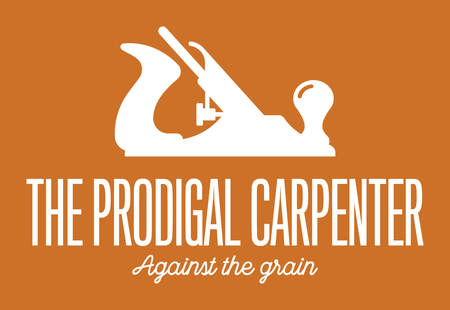
**We’ve attached some research articles to back up our claims so don’t just go off my opinion, however when you read up on the potential hazards of plastic cutting boards you may be shocked. 1
Although plastic can be cleaned and yes even bleached the problem comes after the surface has some use under its belt. The grooves that knives make in plastic are nearly impossible to clean completely, and the research shows that bacteria can grow quickly AND multiply on your cutting surface. Anyone who has cut raw chicken needs to take notice.
Wood on the other hand has natural properties that keep bacteria from growing, so even if some gets past your cleaning or even into knife marks they will not spread but die. It’s important to understand how the end grain cutting boards actually “heal” themselves; that knife blades penetrate into the end grain with little “cutting” of the grain, thus when the knife is removed the grain will gather back together. Face grain cutting boards do not possess this quality; instead the wood fibers are severed leaving knife marks that require manual attention to relieve.

The simplest example I know to explain how end grain cutting boards work is to picture hundreds of straws standing vertically; the knife comes down and the blade penetrates between the straws (wood fibers) and though some may be damaged, the majority are simply moved aside and then gather back together after the blade leaves the surface. Consistent mineral oil treatment also helps the fibers to restore themselves.
Here's a simple illustration courtesy of instructables.com that may help;

In time, even end grain boards will require a fresh sanding however this is simple to do and necessary maybe twice per year depending on use. We like to say our boards are “beautifully crafted yet inherently durable,” and they remain the healthiest option to fight off bacteria.
Check out our selection here on this site..... various sizes, 3d patterns, beautiful hardwoods and all end grain.


Leave a comment